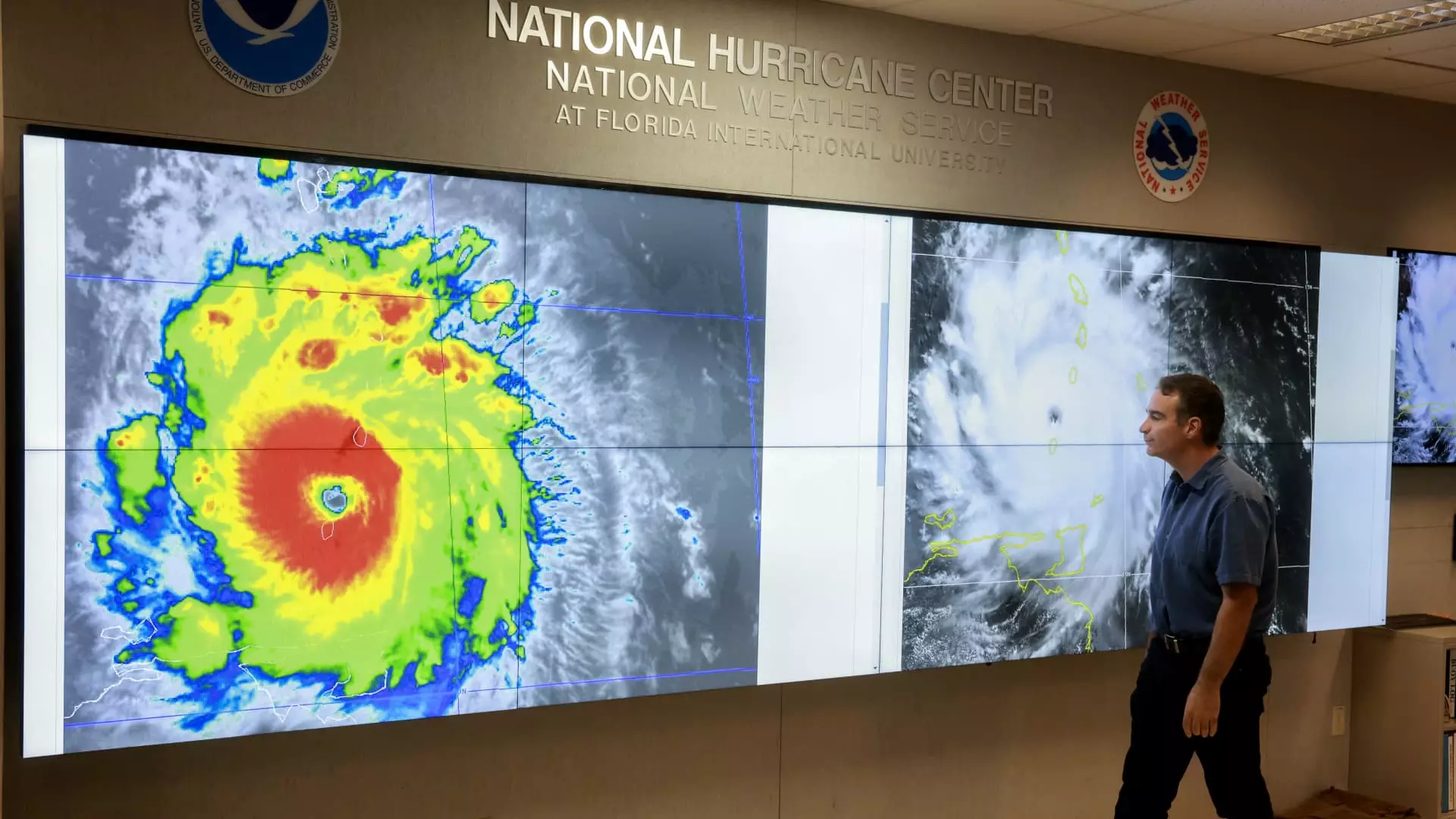The National Oceanic and Atmospheric Administration (NOAA) recently delivered a rather foreboding forecast regarding the 2025 hurricane season, indicating a staggering 60% chance of an above-average season. This prediction isn’t merely a statistic; it’s a clarion call for action in the face of increasing climate volatility. With an anticipated 13 to 19 named storms and a significant chance that 6 to 10 could escalate to hurricane status, the prospect of high-stakes disruptions looms large. This should not just motivate residents in hurricane-prone areas; it ought to ignite national dialogue about climate policy, infrastructure resilience, and the responsibilities of both citizens and government in preparing for inevitable climatic challenges.
A System Stretched Thin
The acting administrator of NOAA, Laura Grimm, was poignantly evasive when discussing the potential impacts of budget cuts related to climate science. While she proclaimed that the agency is fully prepared, one has to question the robustness of such assurances—especially when facing an unrelenting barrage of climate-related disasters. As someone whose ideological leanings tilt toward center-right liberalism, I urge readers to consider the implications of defunding vital scientific work that forms the backbone of our weather predictions and disaster preparedness. We often hear about the economic fallout from calamities; however, we cannot afford to neglect the importance of robust scientific infrastructure that aids in mitigating such fallout.
The Insurance Conundrum
Recent reports indicate that even as the property-casualty insurance sector enjoyed relatively good underwriting performance last year, it is not immune to the existential threats posed by climate change. Over the last decade, insured losses have surged by 90%, with the latest reports estimating an eye-watering $50 billion in losses from California’s wildfires alone. These numbers should strike fear into the hearts of homeowners and policymakers alike, revealing a systemic instability within the insurance industry. Bill Clark, CEO of Demex, succinctly pointed out that the costs of reinsurance are at an alarming high. This not only places an additional burden on insurers but also raises questions about the long-term viability of affordable home insurance for everyday Americans.
Preparing through Mitigation
With increasing storm frequency and intensity, it’s imperative for both state and local governments to prioritize resilience-building initiatives. Cynthia Lee Sheng, president of Jefferson County Parish, provides a compelling data point: for every dollar spent on disaster mitigation, there’s an estimated return of $13 saved in recovery costs. If that’s not a powerful argument for investing in infrastructure improvements, then what is? Building code enhancements, well-designed public works, and stringent safety standards around properties are not simple responsibilities—they are necessities. Government must take the lead in pushing for comprehensive policies that prioritize these initiatives while holding property owners accountable for maintaining resilience against foreseeable climate impacts.
The Wake-Up Call We Can’t Ignore
As NOAA’s warnings grow more ominous, individuals across the nation, particularly in high-risk areas, must wake up to the realities faced in a changing climate. This is not merely a coastal problem; severe thunderstorms and unpredictable weather patterns have emerged as significant threats even in the interior United States. With 883 local tornado reports already tallied this year—35% higher than average—Americans must mobilize to demand both accountability and action from their local and national leaders.
Is our government equipped to handle the fallout from these emerging threats, or are we on a collision course with disaster? Perhaps we need a national mental shift toward viewing climate change not just as an environmental issue but as a comprehensive risk management opportunity—an existential challenge that requires not only awareness but immediate and strategic action. In our quest to safeguard families and property, economic pragmatism and forward-thinking policy must go hand-in-hand to shape our approach against nature’s uncertainties.

